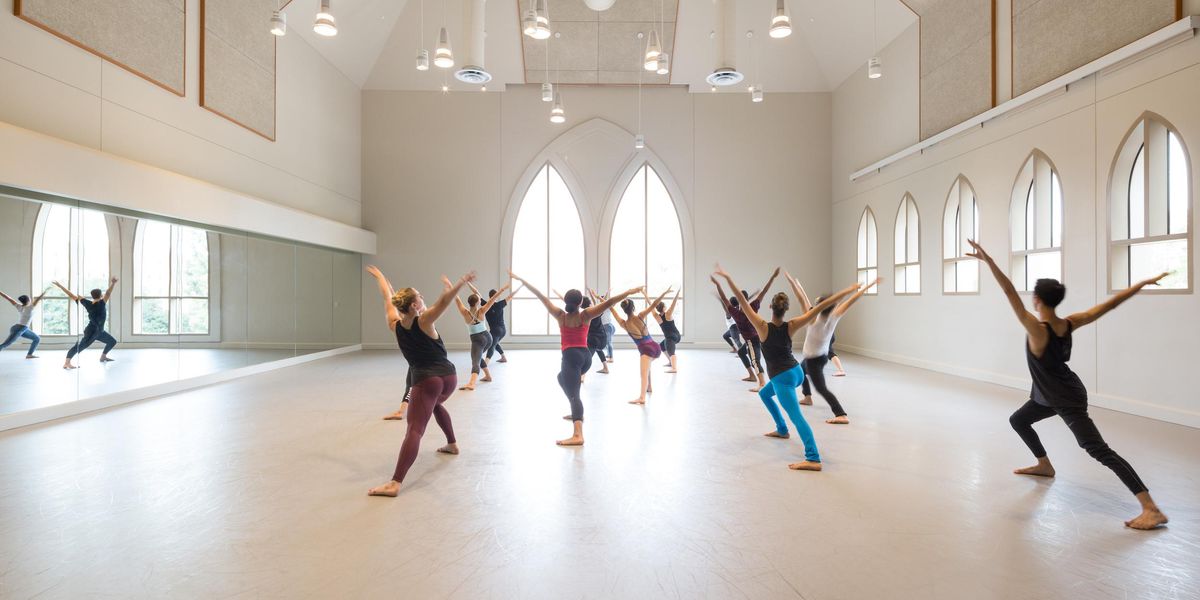Advice for Dancers: Don't Dance Till You Drop
How to be an anti-burnout advocate at work, plus tips on beating stress-induced acne
I’m fed up with old-school dance teachers who work us to the bone in company class and think we’re lazy if we don’t perform full-out all day because we’re exhausted. I feel like I know more than they do about preventing burnout. When are they going to catch up?
—Bob, Boston, MA
While change doesn’t happen overnight, more members of the dance community are now learning about the latest advances in keeping performers healthy. Publications, seminars and annual physical screenings are geared toward helping professionals like you cope with occupational stress, such as burnout, and labor unions are also increasingly active in protecting dancers through contract negotiations. The fact that every teacher may not be on board is a problem, but one with a potential solution: If you belong to a union, speak to your rep about trying to add (or enforce) rest periods in your contract. Even if you’re in a nonunion company, be your own best advocate by taking breaks when possible and practicing self-care (like sleeping eight or more hours a night). I believe that most dance teachers will eventually recognize the benefits of promoting sensible work habits. Meanwhile, performers with knowledge of dance medicine will begin to fill the ranks of dance teachers. I encourage everyone to download free articles from The IADMS Bulletin for Dancers and Teachers, a publication of the International Association for Dance Medicine & Science that addresses common problems across the career span, at iadms.org. You can also print out specific guidelines about how to prevent burnout from the wellness tips on my website (drlindahamilton.com). Ask management for permission to post both on your company’s bulletin board as useful resources.
I think my stage makeup has started to make my face break out lately, even though I’ve been using the same brands for years. All I need are pimples—my relationship with my boyfriend is already at an all-time low. Do you have any suggestions? My complexion, along with my self-esteem, could use a big touch-up.
—Vicki, Los Angeles, CA
Heavy, thick makeup that keeps your face from looking washed out under bright stage lights could certainly clog your pores and lead to acne. But why now? Perhaps you’ve stopped using a moisturizer or primer as a protective layer between your skin and makeup, or you’re no longer washing your face ASAP after performances. (Hint: Eye makeup remover and a gentle cleanser like Cetaphil work best.) Still, it’s more likely that your strained personal life has created chronic stress, increasing hormone levels which cause additional oil production. This leads to clogged pores that attract bacteria and inflame the tissues. My advice is to see a dermatologist, since treating adult acne often involves a lot of trial and error. Options range from skin care products that unclog pores, kill bacteria and fade scars to prescription medications that balance hormones and fight infections. High-tech solutions include laser and intense pulsed light treatments that mostly target scars and blue light therapy that kills bacteria. Lastly, it would help if you and your boyfriend could sit down and discuss the root of your problems. Communication is essential to any successful relationship, and it sets off a positive chain reaction: Good communication means less stress, which could even lead to a clearer complexion.
Help! I sprained my ankle over vacation. My physical therapist expected me back in class and rehearsals after two months of rehab, but in spite of doing all my exercises, including working on my peroneals, my ankle hasn’t gained back its full strength. Do I need more time to heal? I feel panicky.
—Lame Duck, New York, NY
Injuries are always stressful, especially if they don’t respond according to plan. Rehabilitating the peroneal tendons, which run down the outside of your legs, should have stabilized your ankle. However, residual weakness could be due to other factors. Two major possibilities are: 1) a split or partial tear in the tendon or 2) nerve damage. Your orthopedist can determine the cause through a physical exam and further tests. Be aware that a sonogram can reveal a torn tendon, whereas an MRI may miss it. A nerve conduction study and EMG (electromyogram that records muscle activity) are done together to locate the source of a damaged nerve. One example of nerve damage is a slipped disc at L4-5 in the lower back that puts pressure on the nerve root, weakening the peroneals and other muscles in the foot. Because this disc injury can be asymptomatic, it may be overlooked without proper tests. Finding out why your injured ankle isn’t getting stronger will alleviate some of your anxiety. Once you identify and address the underlying cause of this chronic weakness, your chance of regaining strength is good.
Send your questions to:
Dr. Linda Hamilton
2000 Broadway, PH2C, New York, NY 10023
e-mail: [email protected]
Former New York City Ballet dancer Linda Hamilton, Ph.D., is a psychologist in private practice, the author of Advice for Dancers (Jossey-Bass) and co-author of The Dancer’s Way: The New York City Ballet Guide to Mind, Body, and Nutrition (St. Martin’s Griffin). Her website is drlindahamilton.com.




